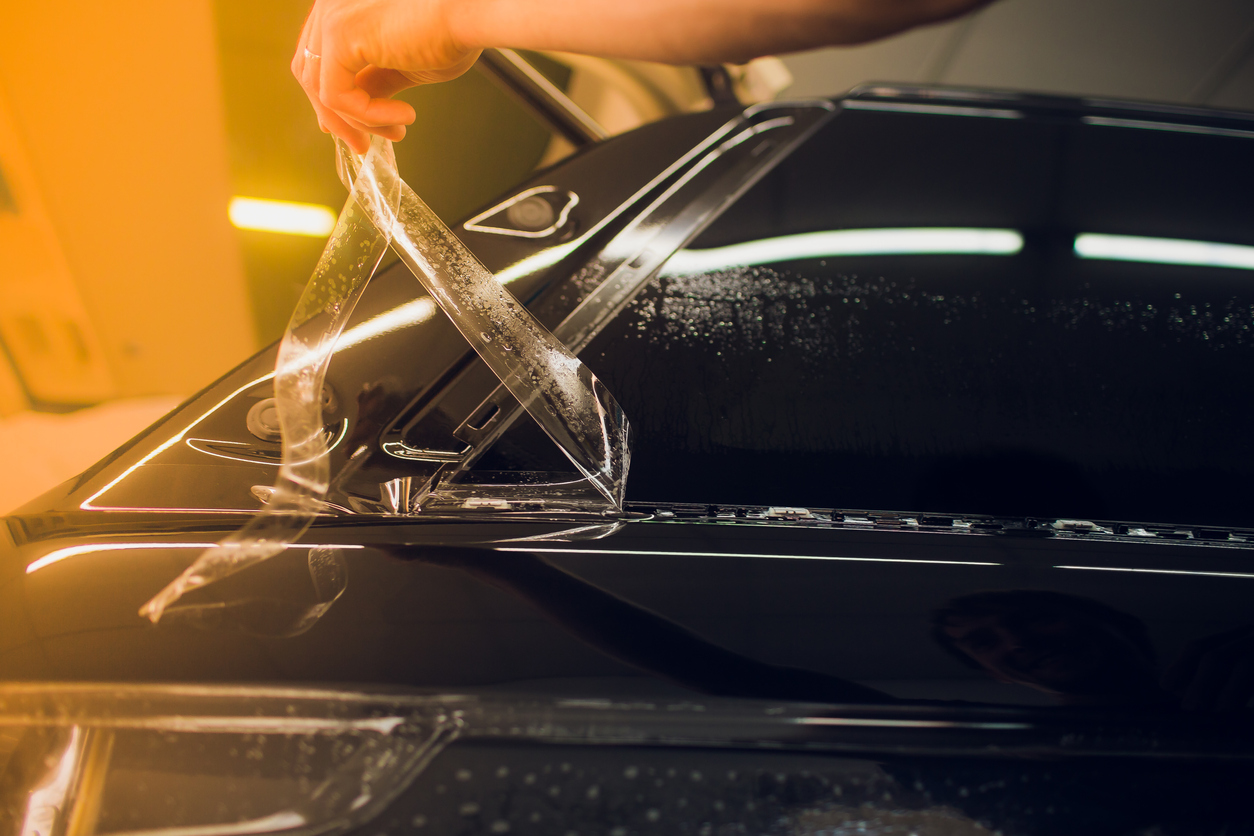May 9, 2023 | Oklahoma Law

Window tint laws are nearly universal in the U.S., with only three states having no tint restrictions. The remaining 47 states limit the darkness of the tint you are permitted to have on your side and rear windows.
Though most states agree that tint should be limited, they disagree on just how dark window tint can be. Some states, like New Mexico, allow very dark tints. Others, like Iowa, only permit very light tints. Oklahoma falls on the darker end of the spectrum due to its location and climate.
Oklahoma’s Window Tint Law
Oklahoma’s window tint law has an interesting structure. The legislation first bans all window coverings in automobiles, which makes sense since anything blocking the driver’s vision can lead to a car accident.
The law then makes certain exceptions.
One of the exceptions allows a window tint on the side and rear windows that has:
- At least 25% light transmissivity and
- No more than 25% light reflectance
Light transmissivity refers to the amount of light that passes through the tinted window. Tint with at least 25% light transmissivity allows 25% or more of the light through. In other words, legal tints in Oklahoma can block up to 75% of the light entering the vehicle.
Light reflectance refers to the amount of light that is reflected off the tint. Highly reflective tint, also called mirror tint, prevents light from entering the vehicle by reflecting it. But mirror tint can blind other drivers with its reflection. Oklahoma’s law only permits tint that reflects 25% or less of the light that hits the window.
Does Window Tint Cause or Prevent Crashes?
Window tint can obstruct a driver’s view, particularly in the low light that occurs at night or during storms. As a result, the driver might fail to spot fellow road users, such as pedestrians, cyclists, motorcyclists, and other automobiles, and run into them.
You can see from Oklahoma’s car accident statistics that over 13% of Oklahoma car accidents in 2021 happened in the dark. This makes darkness the second-most common lighting condition for car accidents in the state. Window tint can contribute to these crashes by obscuring the driver’s vision.
Statistics also show that nearly 71% of Oklahoma’s accidents in 2021 occurred in daylight, making it the most common lighting condition for Oklahoma crashes. Window tint might reduce the severity and frequency of daylight crashes by reducing glare.
According to the NHTSA, glare contributes to roughly 9,000 crashes every year in the U.S., whereas view obstructions only contribute to about 6,000 crashes annually. Since glare is such a larger problem for drivers than view obstructions, you could argue that glare-reducing tint addresses a more common cause of crashes.
Consequences of Violating Oklahoma’s Window Tint Law
If you are in a crash with someone with an illegal tint, your personal injury lawyer can use their violation of the tint law to prove negligence. Negligence occurs when someone fails to exercise reasonable care while driving.
If the other driver failed to spot you on the road when you were hit, their illegally tinted windows might prove their negligence. Oklahoma uses a doctrine called negligence per se, under which a driver is presumed to have breached the duty of care when they violate a traffic safety law.
Negligence per se does not end your case. You still need to prove that the window tint violation caused your crash. For example, suppose the driver rear-ended you with a compliant windshield tint. In this case, the driver’s illegal side and rear window tint would be irrelevant.
If your accident involved a view obstruction that might have resulted from illegal window tint, you should discuss your case with a lawyer.
Contact the Oklahoma City Car Accident Lawyers at McGuire Law Firm Today for Free Consultation
For more information, please contact the Oklahoma City Car Accident law firm of McGuire Law Firm at our nearest location to schedule a free consultation today.
We serve throughout Oklahoma and its surrounding areas:
McGuire Law Firm – Edmond
200 E 10th Street Plaza
Edmond, OK 73034
United States
(405) 513-5658